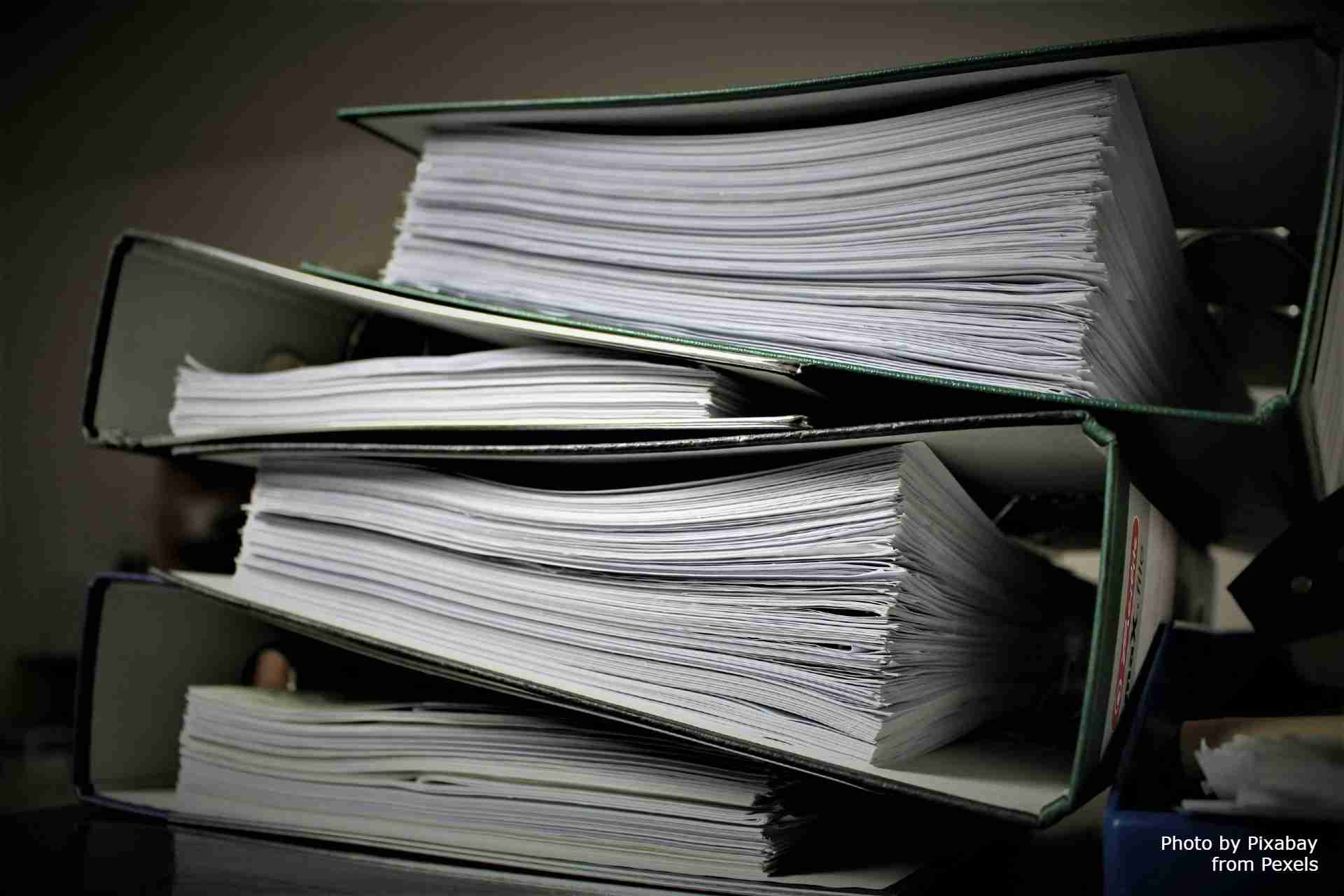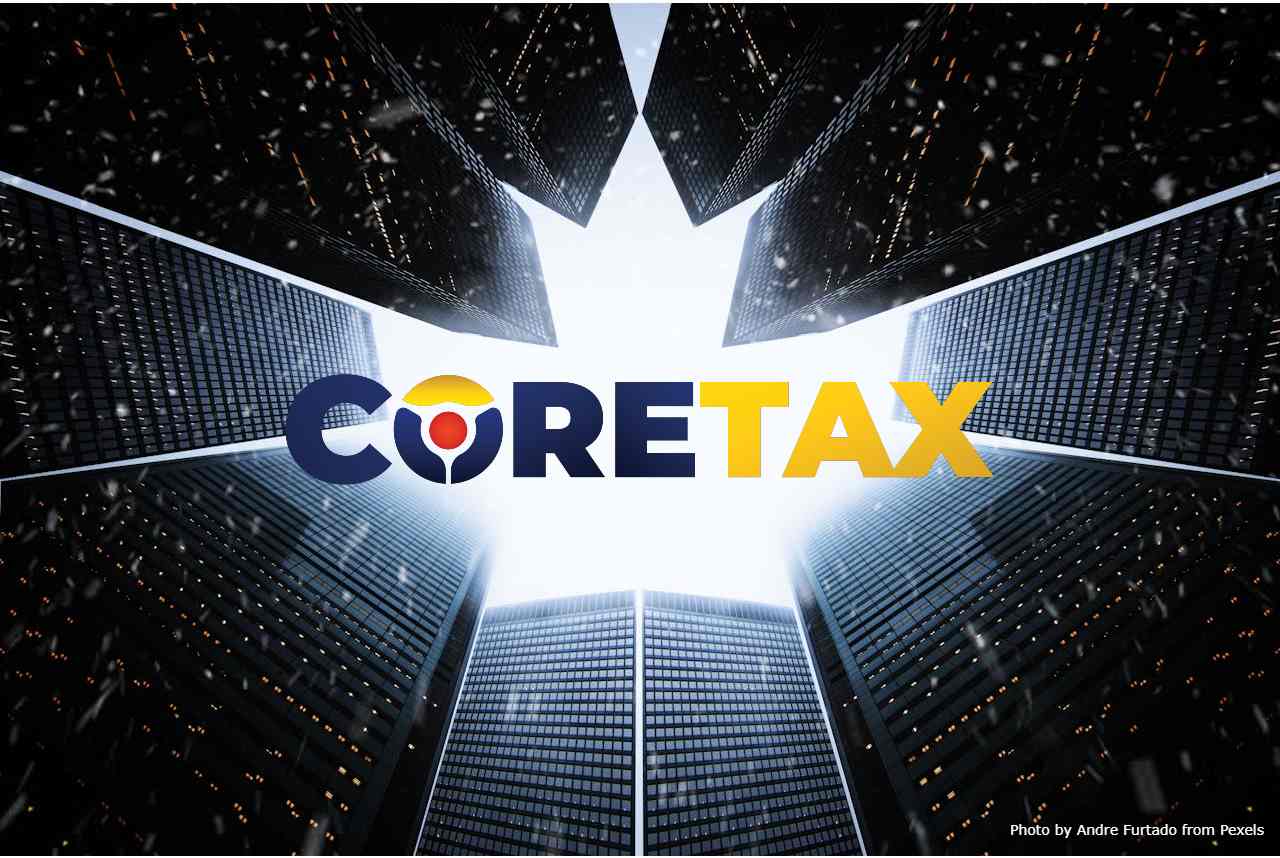- Income in the CITR has been recognized but not in the VAT Return;
- There is receipt of down payment;
- There is income or sales which is an Income Tax object but not a VAT object;
- Categorized as not income in the CITR but included in VAT object;
- There is sale to VAT collector;
- It is a deductible expense component, but is included in non-taxable income; and
- Sale occurs at the end of the year.
Equalization Procedure
Tax auditors can also carry out equalization to ensure that there are no indications that taxpayers are neglecting their tax obligations. Equalization or reconciliation is one of the audit techniques listed in the Circular Letter of the Director General of Taxes Number SE-65/PJ/2013 concerning Guidelines for the Use of Audit Methods and Techniques. This method is carried out by matching the balance of 2 (two) or more numbers that are related to each other. Audit procedures that can be taken are:a. Determine the balances or items to be matched (for example sales, tax basis of VAT, purchases);b. Use balances amount of:- Gross turnover and other income with the amount submitted according to the Monthly VAT Return;
- Gross turnover with the Income Tax Art 22 object;
- Purchases (raw materials, finished goods, and assets) on the VAT-in tax basis;
- Purchases with objects of Income Tax Art 22 from collecting traders;
- Cost related to the withholding Income Tax object with withholding Income Tax object
- Withholding Income Tax object with VAT-in tax basis;
- Income Tax Art 25 object with VAT object of foreign services;
- Bank ledger with bank statements;
- And so on, to ensure the correctness of numbers by carrying out calculations based on formulas.
Corporate Income Tax and VAT Equalization Working Paper
Equalization of Corporate Income Tax objects and domestic VAT objects in order to calculate domestic VAT objects can be done as follows:| Domestic VAT Objects consist of: | ||
| Gross Turnover | +/+ | |
| Added by: | ||
| a. Downpayments of final customer | +/+ | |
| b. Final suspended income (VAT paid this year) | +/+ | |
| c. Inter-Branch Sales (in terms of Payable VAT centralization absence) | +/+ | |
| d. Selling Price of Assets Article 16D VAT Law | +/+ | |
| e. Last year’s sales that are invoiced this year | +/+ | |
| f. Cost reimbursement for credited VAT-in | +/+ | |
| g. Self usage | +/+ | |
| h. Gift | +/+ | |
| i. Sales of other Taxable Goods/Service | +/+ | |
| j. ……etc | +/+ | |
| Total Amount | +/+ | |
| Reduced by: | ||
| a. Initial customer downpayment (Ensure it has been invoiced on previous period) | -/- | |
| b. Initial suspended income (Ensure it has been invoiced on previous year) | -/- | |
| c. Sales that are invoiced next year | -/- | |
| d. ………etc | -/- | |
| Total Amout | -/- | |
| Total Sales Amount | +/+ | |
| Sales of non-Taxable Goods/Service | -/- | |
| Sales of Taxable Goods/Service according to tax auditor | xxx |
corporate-income-tax-rate , corporate-tax-income , tax-return , vat






